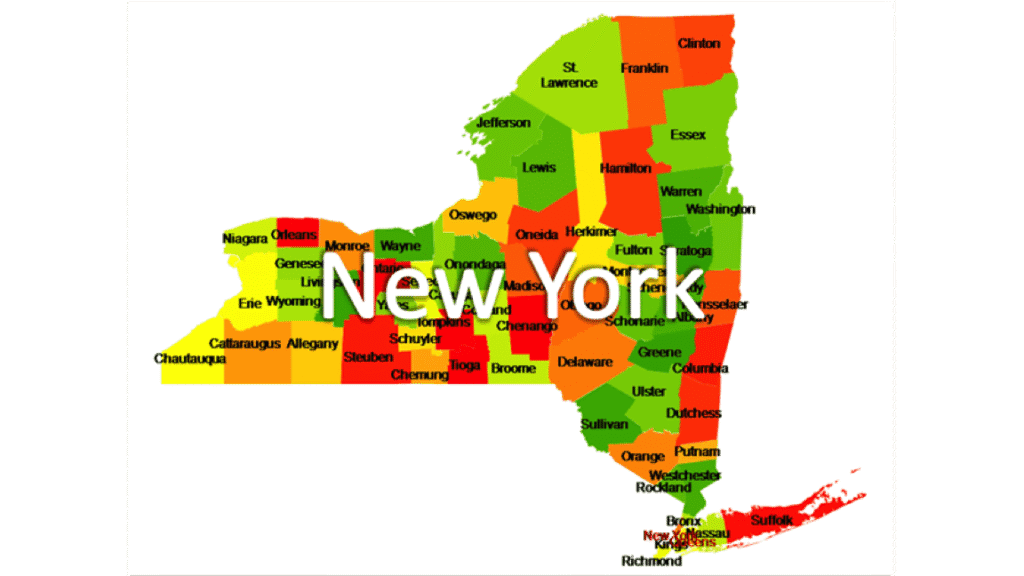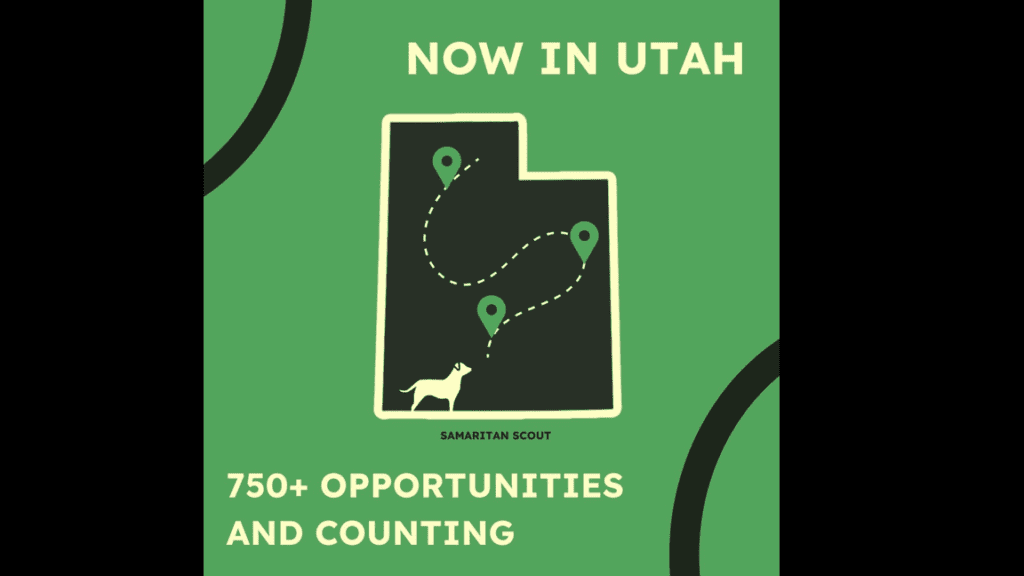Transform Your Community: How to Identify Needs and Create Meaningful Change Through Volunteering
Volunteering is one of the most powerful ways to strengthen your community, But to make the biggest impact, it’s important to start by assessing what your community actually needs. By asking the right questions, you can identify opportunities to create meaningful change. Here’s a guide to understanding local challenges and finding ways to contribute effectively.
Understanding Your Community’s Needs
What challenges exist in my community?
- What issues, gaps, or opportunities have I observed or heard about in my town or city?
- Are there services or resources that seem to be missing?
- If I could improve one thing about my community, what would it be?
- What do I love about my area, and how could we make it even better?
Education & Youth
Are children and families well-supported?
- Do local schools, daycares, and after-school programs meet the needs of students?
- What resources would help kids succeed academically, socially, or emotionally?
- Are there enrichment opportunities, mentorship programs, or safe spaces for youth to learn and grow?
Jobs & Economic Development
Is my community thriving economically?
- Are there enough job opportunities for people at all skill levels?
- Do small businesses and entrepreneurs receive adequate support?
- Are there unmet market needs or business ideas that could benefit the community?
Senior Support
Are older adults well cared for?
- Are there engaging programs and activities for seniors?
- Do they face challenges with transportation, healthcare, or social isolation?
- How can the community better support aging residents?
Environment & Outdoor Spaces
Is my community environmentally healthy and enjoyable?
- What is the condition of local parks, green spaces, and recreational areas?
- Are there environmental concerns, such as pollution or lack of recycling programs?
- Could public spaces be improved to make them more welcoming and sustainable?
Diversity & Inclusion
Is my community welcoming to all?
- Are people from different backgrounds and cultures included and valued?
- Are there opportunities for diverse groups to connect and collaborate?
- What initiatives could foster a greater sense of belonging for everyone?
Transportation & Accessibility
Is it easy to get around?
- Is public transportation reliable and accessible?
- Do people struggle with traffic, car dependency, or inefficient transit routes?
- Are sidewalks, bike paths, and public spaces safe and navigable for all, including those with disabilities?
Community Safety
Do people feel safe where they live?
- Do I—and others—feel secure in our neighborhood?
- Are streets safe for pedestrians, cyclists, and animals?
- Are there areas that could benefit from better lighting, crosswalks, or law enforcement presence?
Arts, Sports, & Recreation
Are there enriching activities for everyone?
- Does my community offer quality arts, sports, and cultural events?
- Are there specific activities that people want but don’t currently have access to?
- How can we expand recreational opportunities to reach more people?
Civic Engagement
Are people involved in shaping the community?
- Do residents have a say in local decisions and initiatives?
- What would make it easier for more people to engage in community activities?
- Are local issues—such as trash collection, parking, or infrastructure—being effectively addressed?
Animal Welfare
Are pets and wildlife cared for?
- Are there enough resources for pet owners, like affordable veterinary care or training programs?
- Are stray animals or wildlife concerns being managed responsibly?
- How can the community improve conditions for animals and their human companions?
Affordability & Cost of Living
Is my community financially sustainable for all?
- Would some residents benefit from lower-cost goods and services?
- Are there ways to share, reuse, or repurpose resources to ease financial burdens?
- Do local families face challenges related to food, housing, clothing, or job training?
Taking Action
Once you’ve answered these questions, you’ll have a clearer picture of where your community could use support. The next step is to take action:
- Research local organizations (use SamaritanScout.org to find volunteer opportunities near you!).
- Identify how your skills and interests align with community needs.
- Reach out to organizations or start a new initiative to fill the gaps you’ve identified.
Every effort, no matter how small, helps make a difference. By being observant, proactive, and engaged, you can contribute to lasting positive change in your community. Start today!


